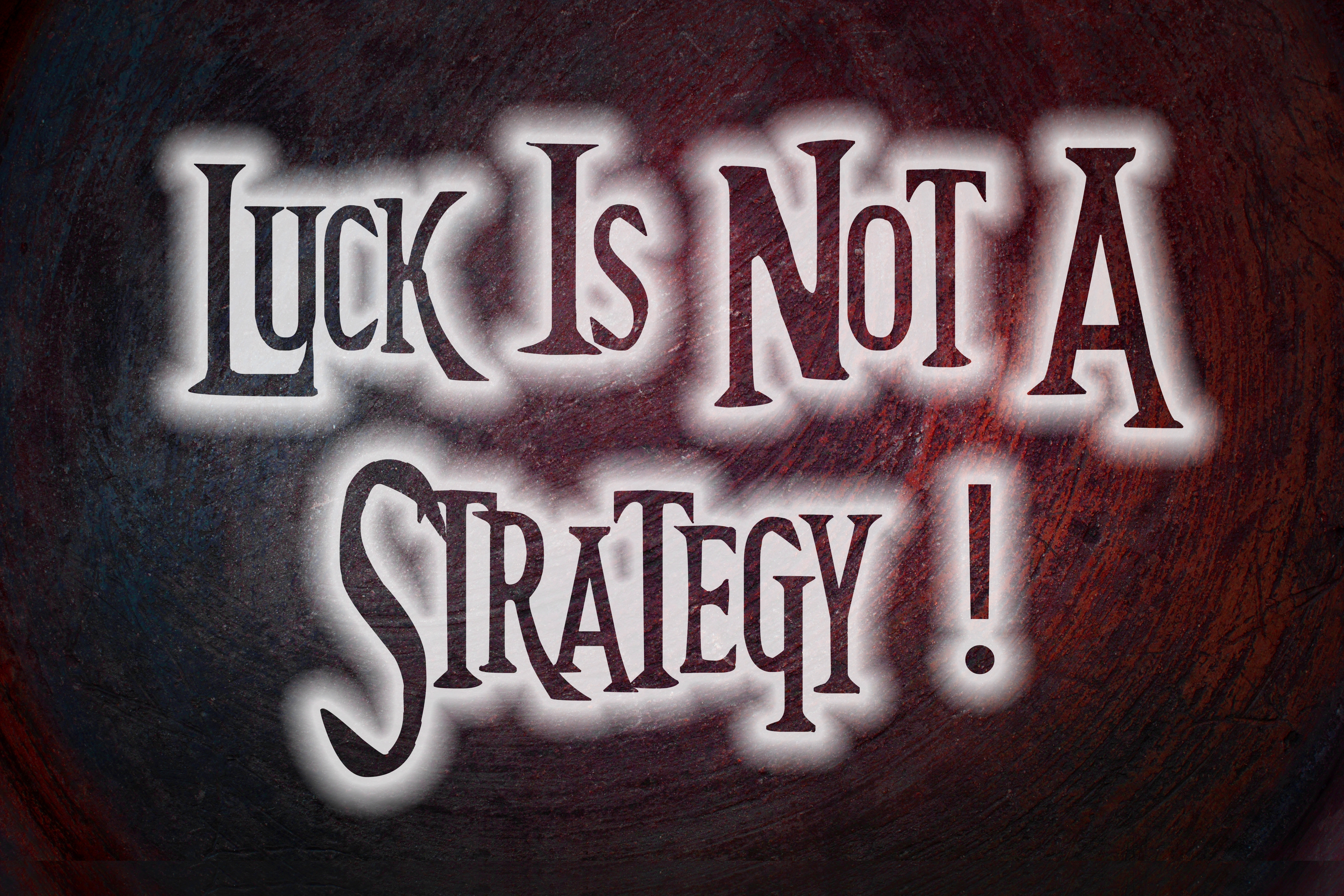As a leader, have you ever wondered why your salespeople don't adapt to and follow the new guidelines you have established? Often, managers focus their energy on defining procedures and identifying expectations during times of change. However, they fail to understand the impact and personal needs of the employees that are responsible for following these new requirements.
In today's blog, we discuss why it is so critical for leaders to understand the overall impact change has on employees and how to best get new policies in place with everyone on board.

“Due to the virus restrictions, we have had to institute many new procedures. Surprisingly, some of my best employees are struggling to adapt to them!”
“We had to shrink our sales team due to business performance. This required us to juggle some client assignments among the remaining staff. Some have jumped right in, but a few are resisting. We have been clear about why the business needs to make these changes. They should be happy they have kept their jobs, but you’d never know it.”
What’s going on? In the past, our team has risen to every challenge and met every new goal with excitement and enthusiasm. Our compensation is more than competitive. Our competition hasn’t introduced any new products or services that we can’t compete against. We were very clear on the new procedures and assignments, and our performance expectations are basically the same as they have always been.
What could be going on is that you and your managers have focused your energy on clearly defining new procedures and expectations but may not have spent enough time focusing on the personal needs of the employees. When things are changing, employees will often take a step back to understand how the changes affect them personally before they focus on how the changes will benefit the business. They need the time to understand what they need to do differently and to what extent their world is being changed.
They might be asking:
- “Do these changes affect my work schedule, which will in turn affect my schedule outside of work?”
- “Am I going to need to rely on or develop a skill I never really needed in the past? Do I feel confident in that new skill? Am I willing to put in the time and effort required to learn the new procedure?”
- “Will my selling style match well with the new clients I have been assigned, or will I need to adjust? Will I be able to adjust? Do I want to adjust?”
When change happens in our lives, it is natural for us to resist at first, particularly if we thought things were going well before. If the status quo was comfortable for me, I would prefer to leave things as they were. Unconsciously (or maybe consciously), I am hoping that if I resist the change then it will go away. You will let me continue to operate in my comfort zone.
The mistake we make as managers is that we believe all we need to do is clearly explain what needs to be done and why. If we do that, everyone will see the need for the change and jump on board. However, as long as your people are in resistance mode, they are not ready to listen to your arguments on why the changes are good for the company. They are taking care of themselves first.
The next time you need to institute changes take a more balanced approach:
- Be clear about the need for the change and the long-term benefits of everyone successfully adopting the new procedures.
- Acknowledge that this is a change and seek to understand what concerns your employees may have about adapting to the changes. Be sincere in your understanding that change can be confusing, time-consuming, and scary. If you have the flexibility to accommodate an individual’s specific concerns, let them know that.
- Discuss what the employees need to get comfortable with the changes. Do they need more information? Do they need time to learn new procedures before they are implemented? They certainly will need your patience as they adjust, and your understanding if they are not initially skilled at the new behaviors.
- As a leader, you need to define the desired outcome. Allow your employees to participate in figuring out the best way to achieve that outcome. If you do this, you will find they will more quickly “own” the new procedures and behaviors.
- When your employees struggle with the new “rules of the game” – and they will – be forgiving at first and encourage them to keep working at it. Acknowledge the effort to change, and they will feel you appreciate that it isn’t easy.
- When you feel the majority of your folks have successfully transitioned to the new way, take some time to celebrate. Remind them how far they have come, thank them for their efforts, and revisit the benefits of making the changes. This will help them continue to move forward even when they have setbacks.
Change is hard. Change is uncomfortable. Given the choice, most people will choose to not change what they feel has been working for them. Don’t try to manage the change by focusing on processes, measurements, and results. Instead, try to lead them through the change by partnering with them and supporting them along the new path you have set for them.





 As the story goes, Chicken Little gets hit on the head and declares the sky is falling.
As the story goes, Chicken Little gets hit on the head and declares the sky is falling.
